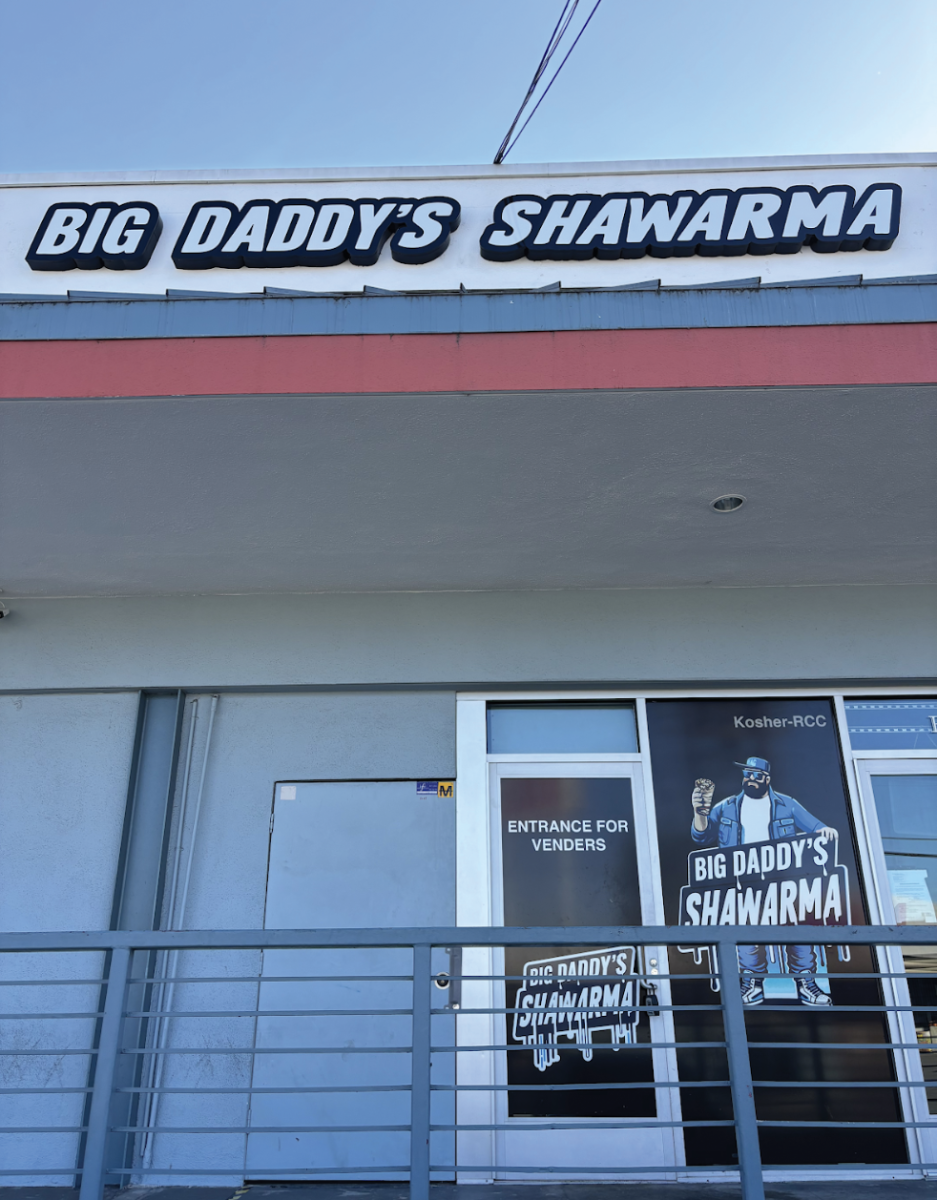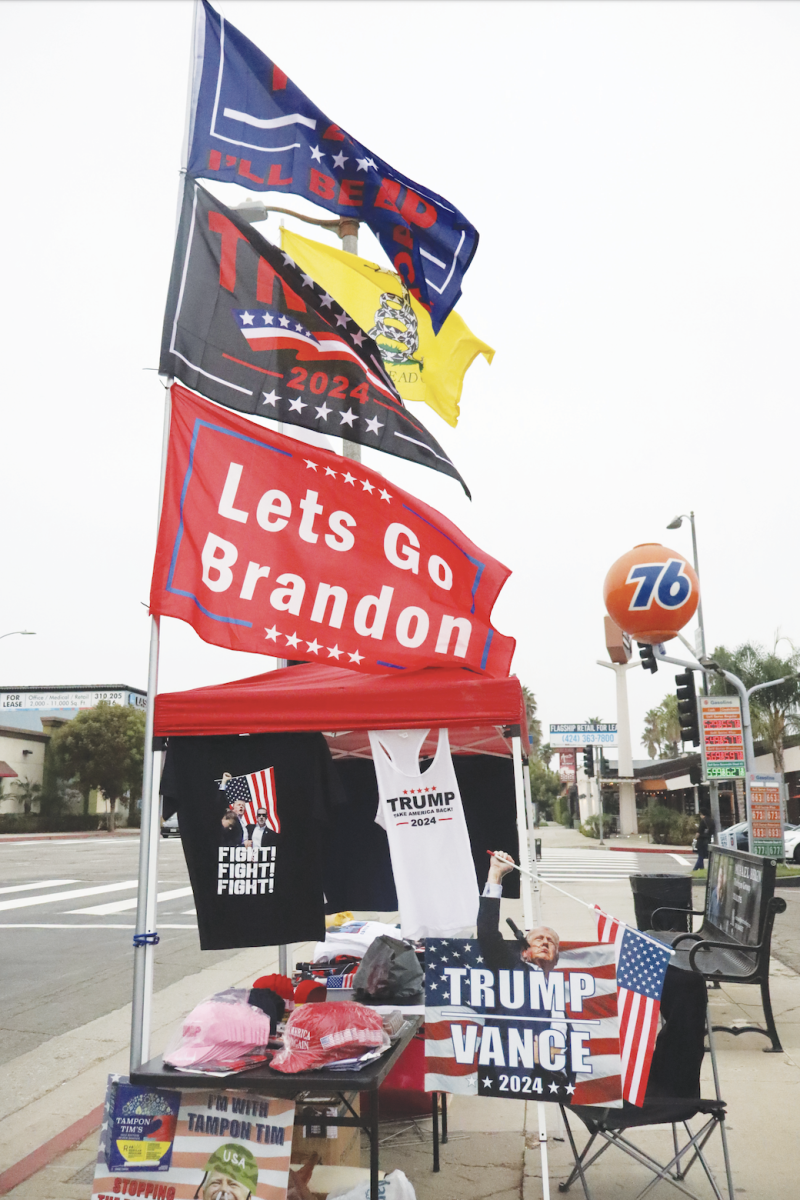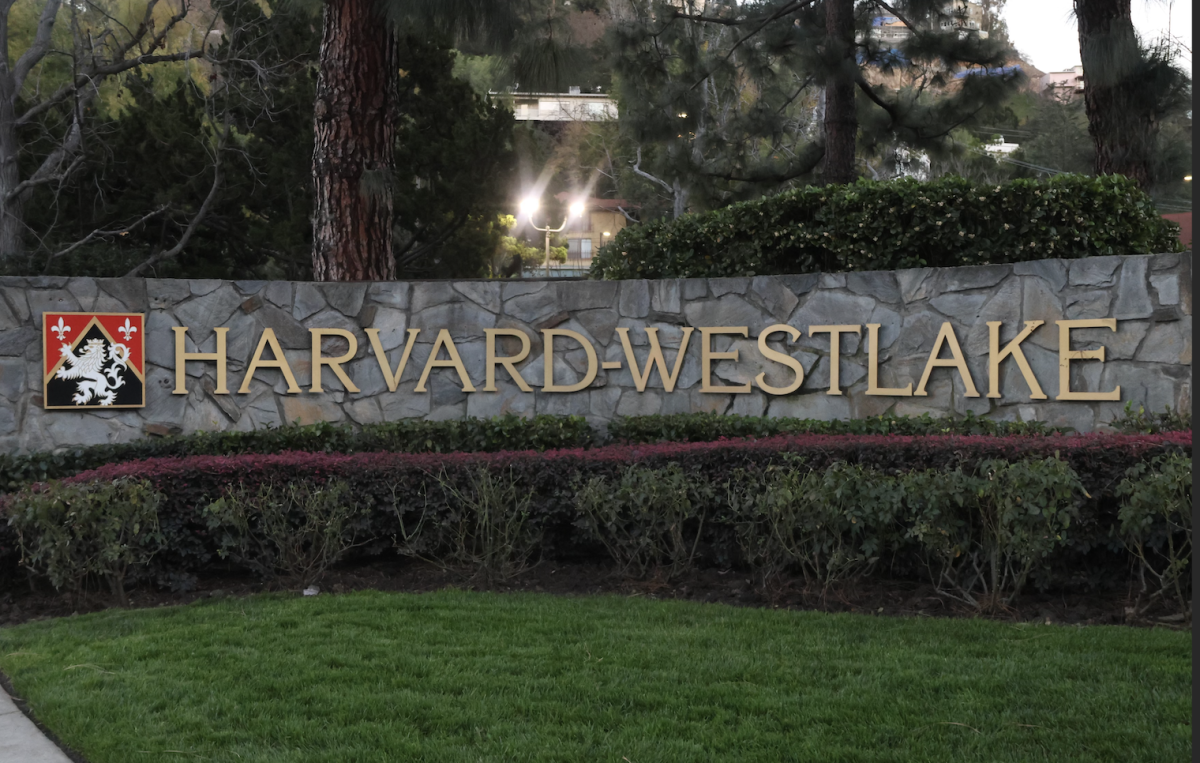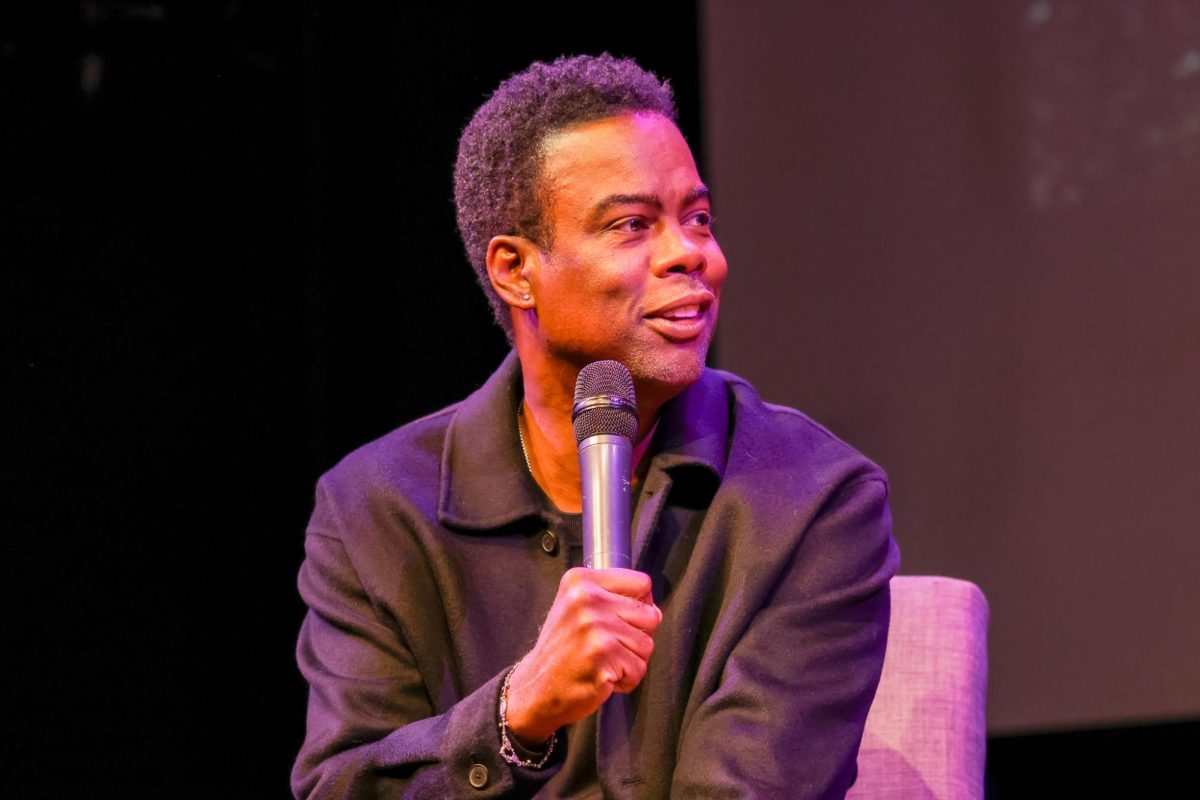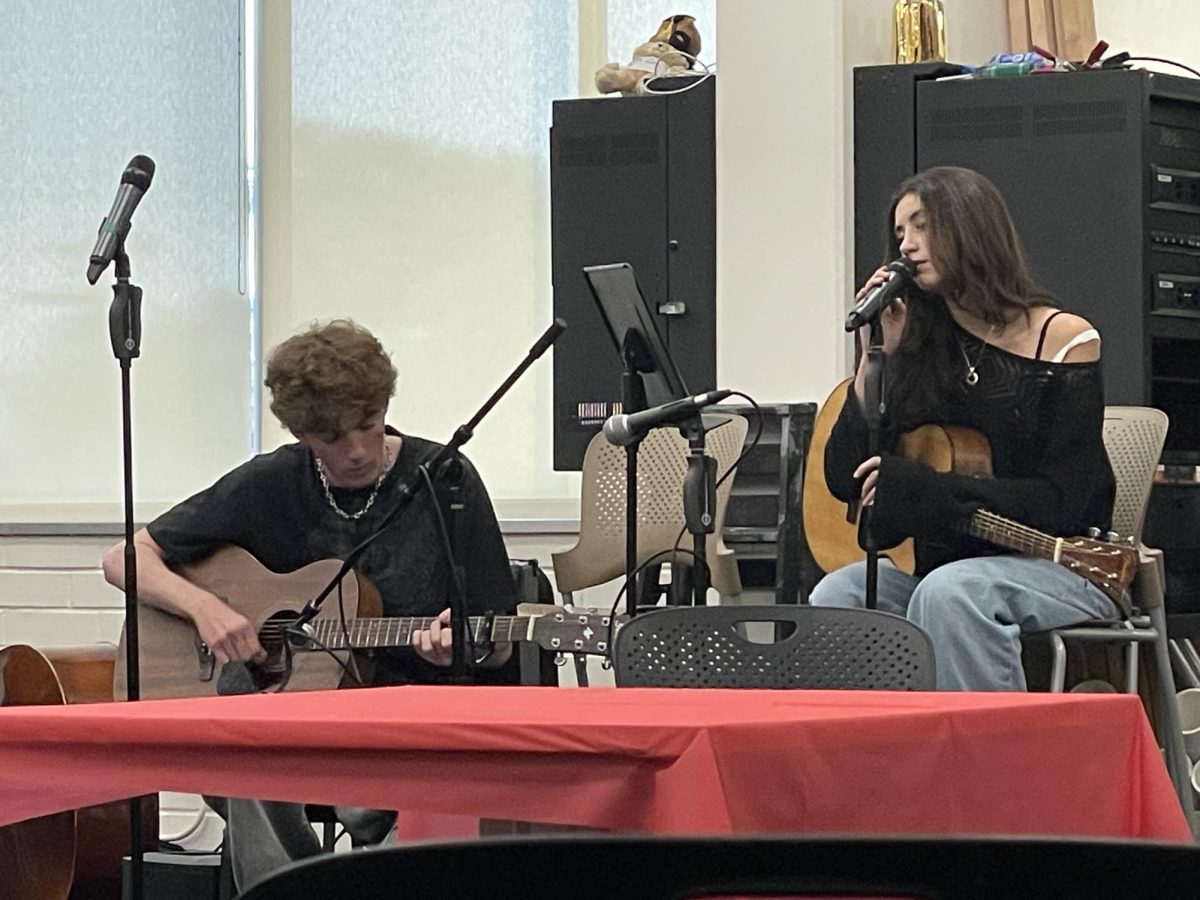Amidst the new artisan coffee shops and boutique clothing stores that opened along Ventura Boulevard this year, the San Fernando Valley’s homeless population continues to rise. Despite an overall decrease in Los Angeles’ homeless population, the number of people experiencing homelessness in the valley increased by five percent, according to the 2018 Los Angeles Homelessness Count. With more homeless individuals in the area, the issue is becoming increasingly more visible, as encampments pop up in parks and under freeways where they hadn’t previously been.
“It’s so close to home,” Charley Connon ’18, who produced a documentary on homelessness in Los Angeles called “God’s Children,” said. “In the valley, you see it everywhere on the street.”
Three out of every four people experiencing homelessness in Council District 2, which includes Studio City, Valley Village and North Hollywood, lived in Los Angeles before becoming homeless, 65 percent of which have lived in Los Angeles for more than 25 years, according to the 2018 Los Angeles homelessness count.
“It’s a homegrown issue,” Ian Thompson, spokesman to City Councilman Paul Krekorian, said.
While the most visible homeless people that line the streets are mostly made up of the valley’s “chronic homeless,” or those who have remained homeless for years, and tend to struggle with mental illness or substance abuse, four in every five people experiencing homelessness in Council District 2 are known as the “economic homeless,” or those who have lost their homes.
“Many people define homelessness when they see those [chronically homeless] individuals,” Los Angeles Family Housing board member Wayne Brander said. “What is behind the scenes and less visible are those that lost their homes and are in their cars or motels, tucked somewhere behind.”
Although the “chronic homeless” are more visible, only 24 percent of homeless individuals in Council District 2 report mental illness and 19 percent report substance abuse, according to the homelessness count. However, the number of homeless individuals in the district struggling with substance abuse has increased by 54 percent in the last year.Thompson and LAFH CEO Stephanie Klasky-Gamer ’86 attribute the increase in homelessness in the valley to high rent prices.
“It’s just supply and demand,” Klasky-Gamer said. “If you have fewer housing units, then the landlords can charge whatever they want, and it pushes more people out of being able to afford an apartment.”
In addition, the valley lacks bridge, or temporary, housing, that act as a bridge between the street and permanent housing, exacerbating the issue of unaffordable housing costs, Thompson said.
To combat this, Mayor Eric Garcetti ’88 has made building bridge housing in each of the city’s 15 districts a priority, Thompson said, with the first bridge housing unit being built downtown.
In Council District 2, 98 percent of the homeless population does not have a shelter because there are no bridge housing units in the district as of now, Thompson said.
Thus, Krekorian proposed more than eight new city-owned sites that could be potentially used as bridge housing in a motion April 20, including one on Ventura Boulevard only 0.6 miles from Weddington Golf and Tennis. Garcetti’s office is currently looking into all of the proposed sites to see which, if any, are appropriate to be used as three year temporary bridge properties until permanent housing can be built.
Using funds from Measure HHH, a $1.2 million bond to go toward helping the homeless that voters approved in 2016, Krekorian and other city councilmen will commit to building 222 units of permanent housing in their districts, with the goal of having 200 new permanent supportive housing units in each district by 2020, Thompson said. The new units, driven by a United Way of Greater Los Angeles effort, will not only provide a place for the homeless to stay, but will also provide services such as health care, mental health, intervention, addiction assistance, job training and placement services.
“If you take an individual or a couple or family off the street and put them in a housing unit, that’s not enough,” Brander said. “Putting a roof over someone may not be worth it. What we need to understand with those individuals is what caused the homeless to begin with and what type of support and services we could provide to help stabilize them in that environment.”
While both the city and non-profit organizations are looking for solutions to finding housing for the homeless, many homeowners are pushing back on proposed developments in their neighborhoods.
After City Councilman David Ryu proposed a permanent supportive housing facility in Sherman Oaks on Aug. 3, over 1,000 people have signed a petition on change.org in opposition to the project.
Because forms of opposition like this are common, Klasky-Gamer said it is important for others to show their support and compassion.
“When you walk past somebody experiencing homelessness, it might feel different,” Klasky-Gamer said. “Maybe it feels scary. Don’t look away. You don’t have any idea how far a smile, a ‘hello,’ a ‘hope you have a good day’ goes. That really changes somebody’s disposition for the whole day, and you don’t realize how far it can go to make eye contact with somebody.”





























